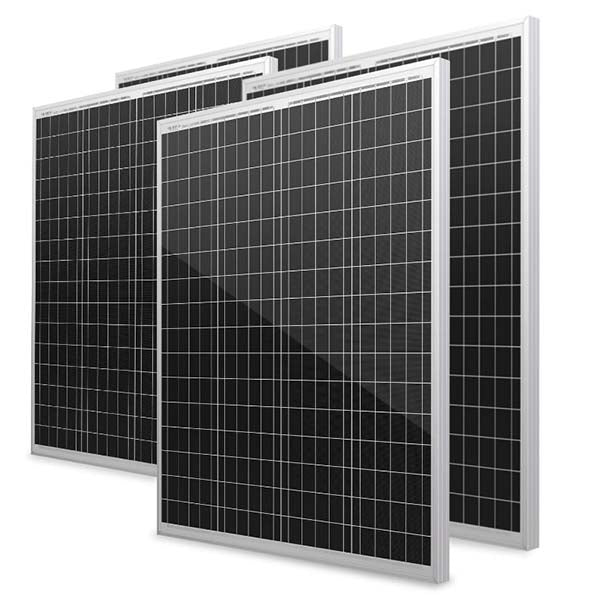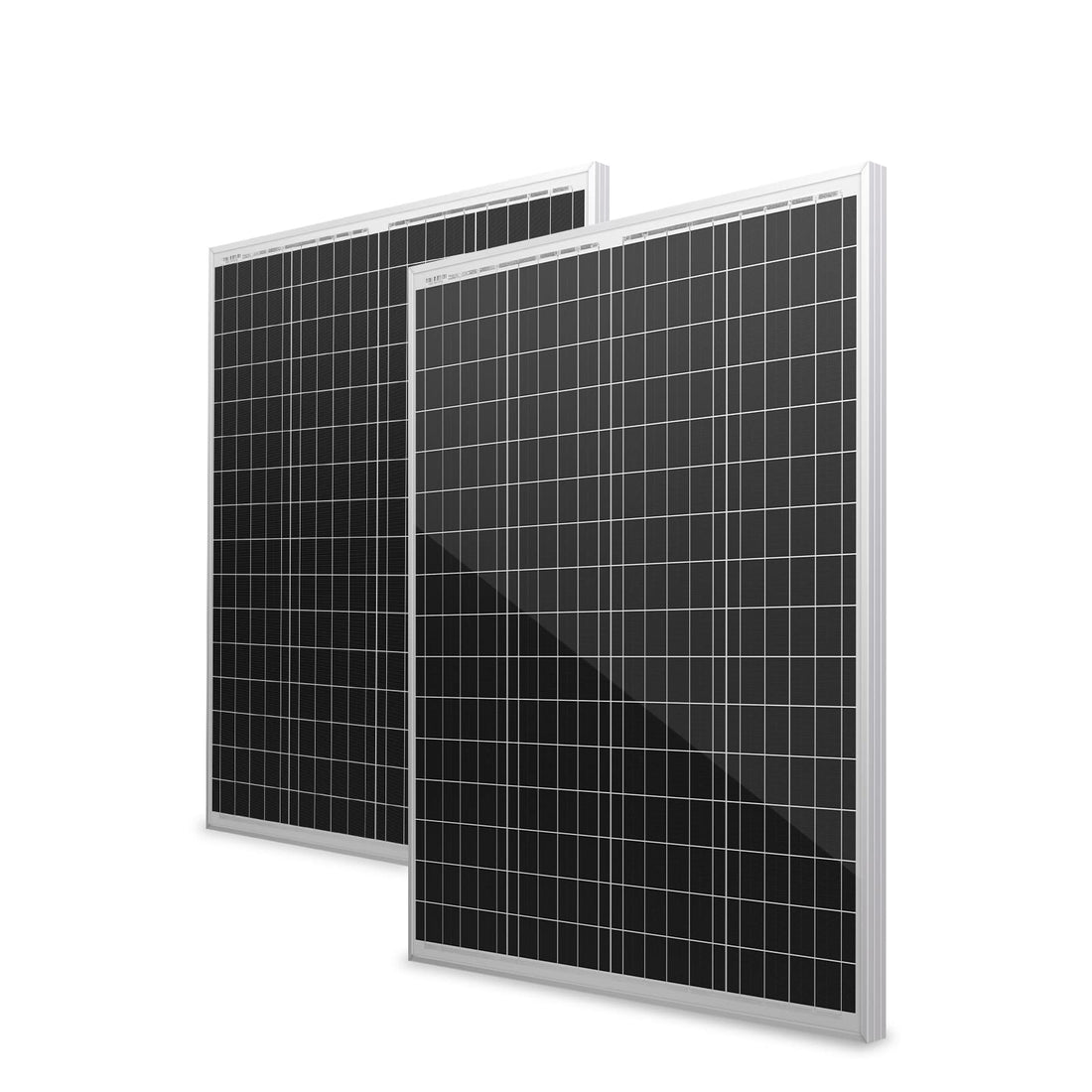Polycrystalline Solar Panels
Here we have selected a variety of highly efficient and stable polycrystalline solar panels. Polycrystalline silicon, with its unique crystalline structure, is not only relatively low-cost, but also has excellent photovoltaic conversion efficiency, which can efficiently convert sunlight into electricity. In addition, polycrystalline silicon solar panels have excellent resistance to irradiation, ensuring stable operation in a variety of environments. We are committed to providing you with cost-effective polycrystalline solar panels, so that you can easily enjoy the convenience and benefits of green energy. Here, you can find polycrystalline products suitable for home use or commercial investment, and contribute to the cause of environmental protection!
- Featured
- Best selling
- Alphabetically, A-Z
- Alphabetically, Z-A
- Price, low to high
- Price, high to low
- Date, old to new
- Date, new to old
Recently Viewed Products
FAQ about Polycrystalline Solar Panels
Differences between polycrystalline and monocrystalline solar panels
Polycrystalline solar panels and monocrystalline solar panels differ significantly in their material composition and performance. Polycrystalline silicon solar panels are assembled from multiple small-sized polysilicon wafers, which are made up of multiple small crystals, resulting in a slightly less complete and pure crystal structure than monocrystalline silicon. Monocrystalline silicon solar panels, on the other hand, are made from a single large-sized monocrystalline silicon wafer, which has a much higher purity and consistent crystal structure. This difference directly affects their conversion efficiencies, with monocrystalline silicon solar panels typically having higher conversion efficiencies and polycrystalline silicon having relatively lower ones. In addition, polycrystalline silicon solar panels are relatively less expensive and more suitable for large-scale applications due to differences in manufacturing processes.
Advantages and disadvantages of polycrystalline solar panels
The main advantages of polycrystalline silicon solar panels are their cost-effectiveness and wide application potential. Polycrystalline silicon solar panels are competitively priced due to its relatively simple manufacturing process and low material costs. This makes it the preferred choice in many scenarios where solar power is required, such as home rooftops, remote area power supplies, traffic signals, etc. However, polycrystalline silicon solar panels have some drawbacks, such as relatively low conversion efficiency and may not perform as consistently as monocrystalline silicon solar panels at high temperatures and in low light conditions. Nonetheless, the performance of polycrystalline solar panels is gradually improving as technology continues to advance.
What scenarios are suitable for polycrystalline solar panels
Polycrystalline solar panels are well suited for a variety of scenarios due to their cost-effectiveness and wide applicability. On home rooftops, polycrystalline solar panels can provide a stable supply of electricity to the home, reducing reliance on the traditional power grid. In remote areas with insufficient grid coverage or unstable power supply, polycrystalline solar panels become an important option for providing reliable power. In addition, polycrystalline solar panels are also favoured for their stable performance and lower cost in areas such as traffic signals and communication base stations. The common feature of these scenarios is the need for a stable and reliable power supply, and polycrystalline solar panels are just able to meet these needs.
Are polycrystalline solar panels cheaper
Yes, usually, polycrystalline solar panels are cheaper than monocrystalline solar panels. This is mainly due to the fact that polycrystalline solar panels have a relatively simple manufacturing process and lower material costs. In addition, the cost of polycrystalline silicon solar panels is expected to be further reduced as technology continues to advance and production increases. This makes polycrystalline solar panels more competitive in the market, especially in large-scale applications.
What are the factors to consider when installing polycrystalline panels
When installing polycrystalline panels, several factors need to be considered to ensure their efficient and stable operation. Firstly, the orientation and inclination of the panels needs to be determined in order to maximise light hours and light intensity. This usually needs to be adjusted according to the local geographical location and climatic conditions. Secondly, there is a need to avoid shadowing of the panels by shading objects, which can affect the efficiency of the panels in generating electricity. Therefore, the surrounding environment needs to be fully examined and planned before installation. In addition, the number and capacity of the panels need to be determined according to the actual demand to ensure that the power demand can be met. At the same time, it is necessary to choose a solid and safe installation location and consider the maintenance and cleaning of the panels. Finally, it is also necessary to ensure that the installation process complies with safety regulations to avoid potential safety hazards. After the installation is completed, regular inspections and maintenance are also required to ensure the long-term stable operation of the battery panels.











